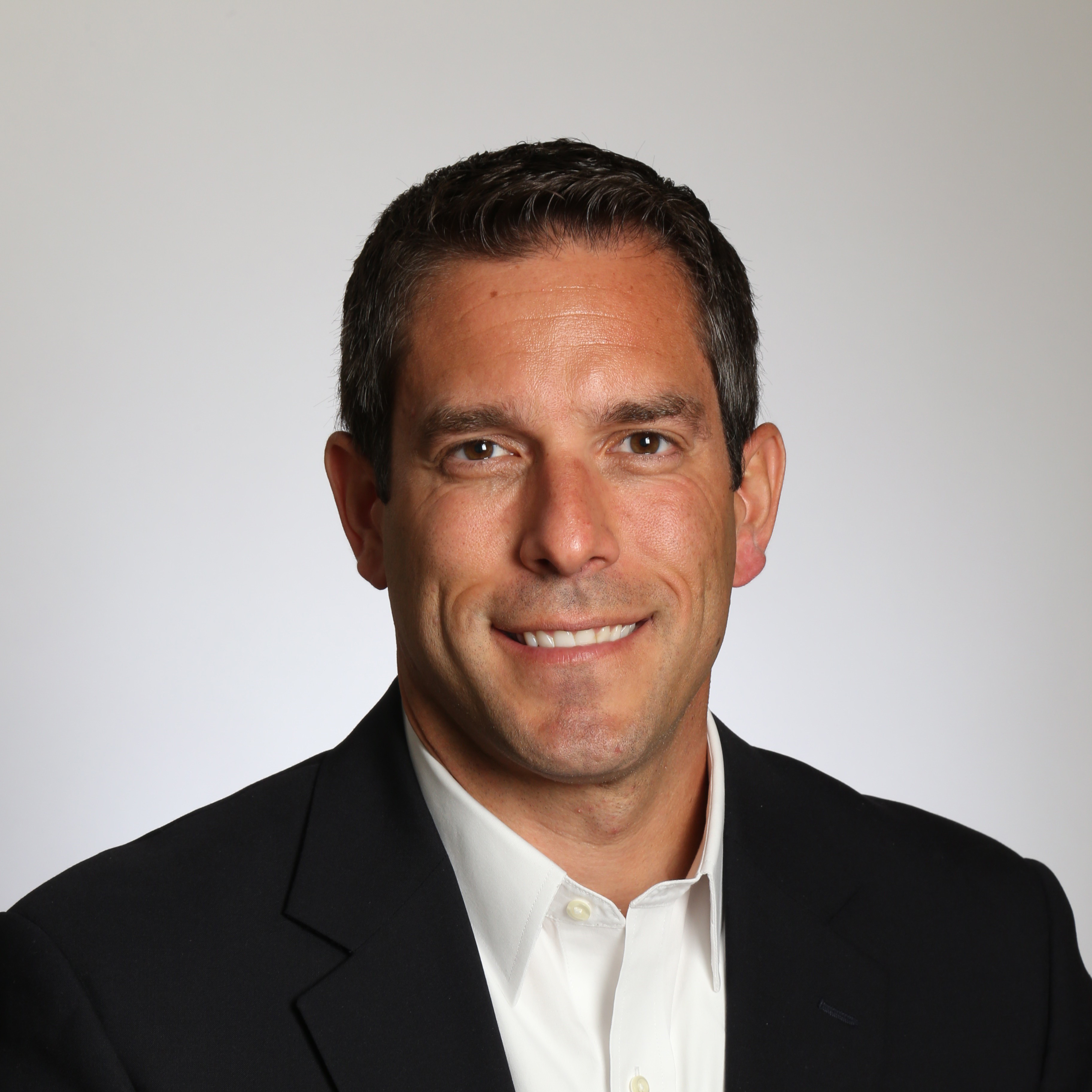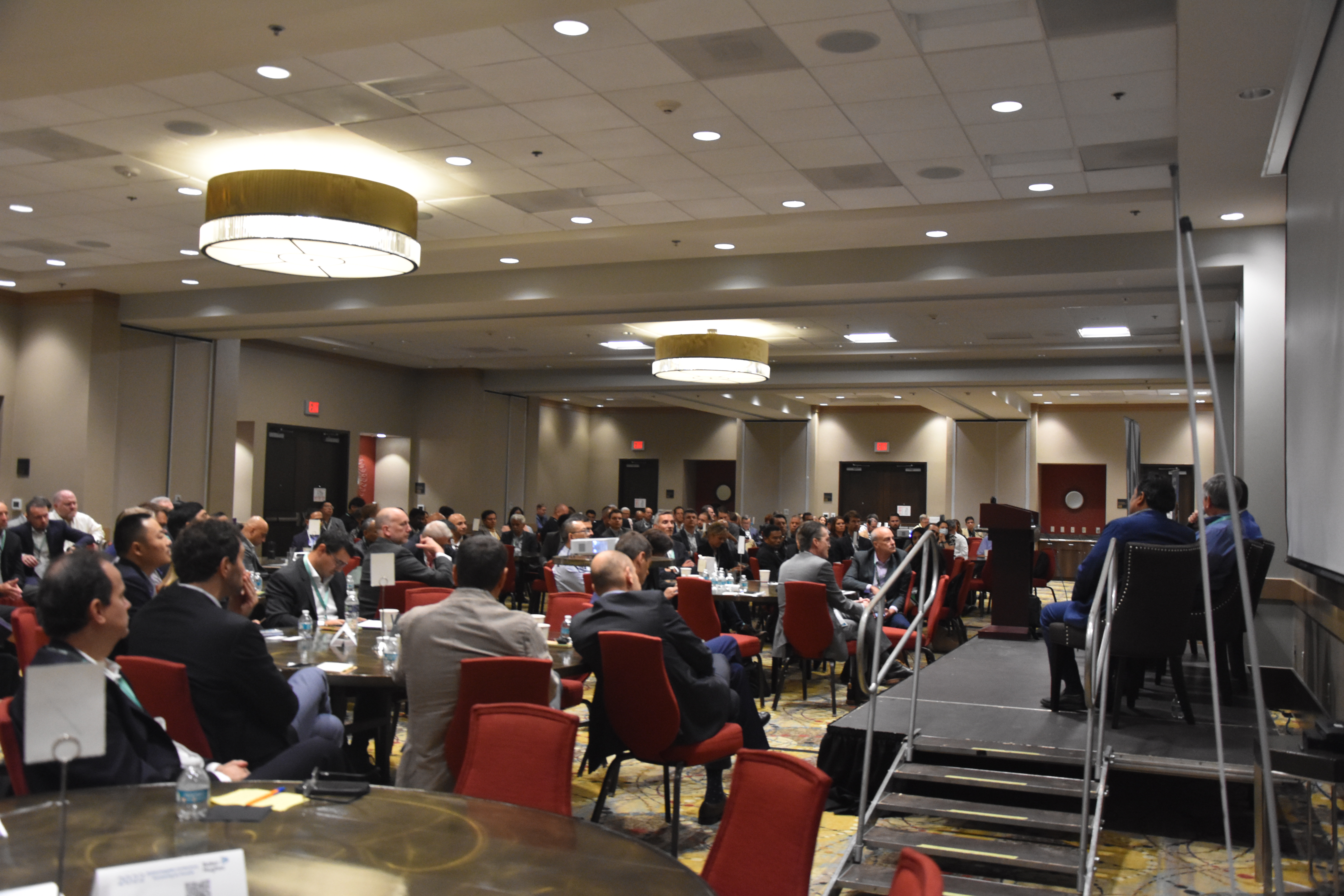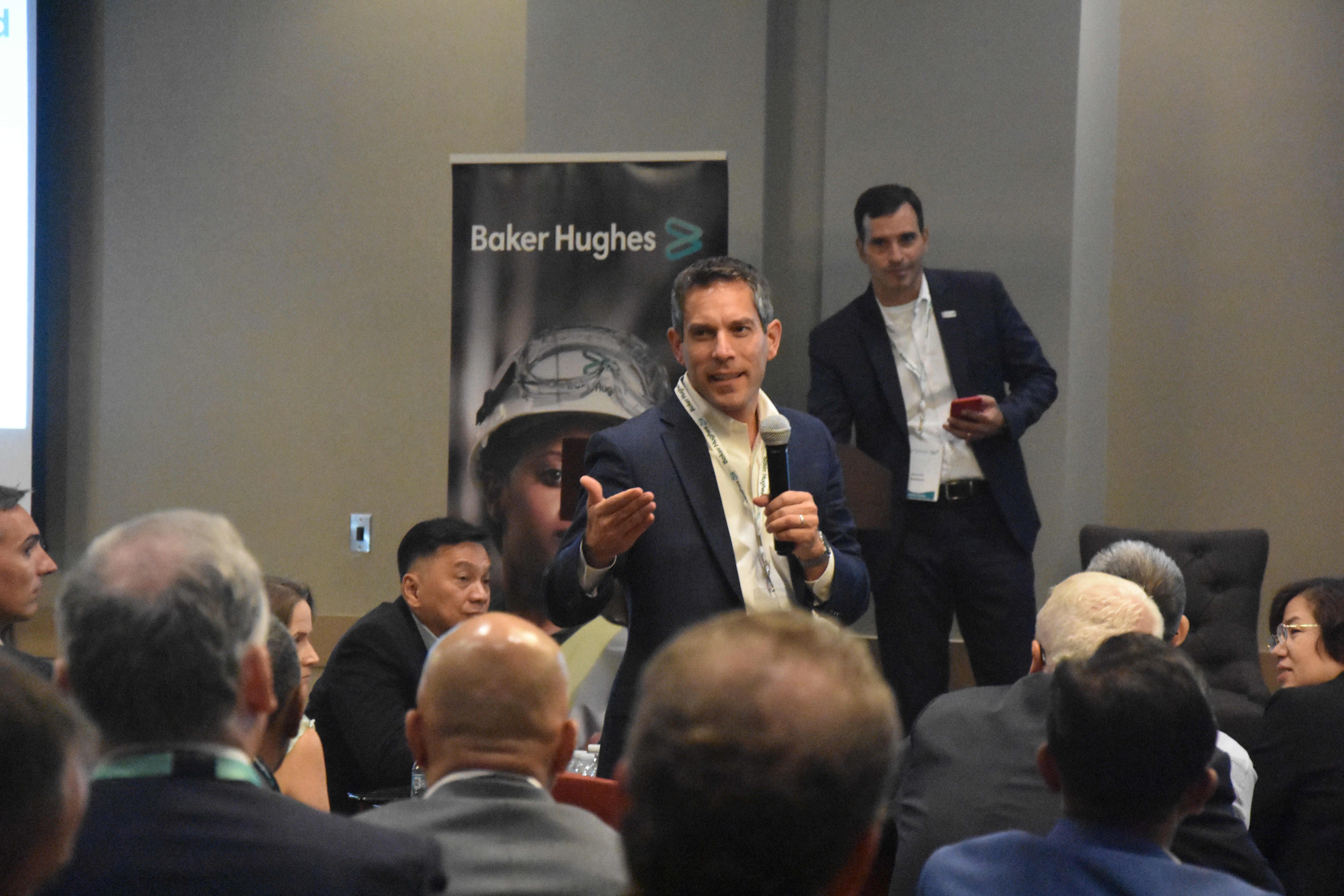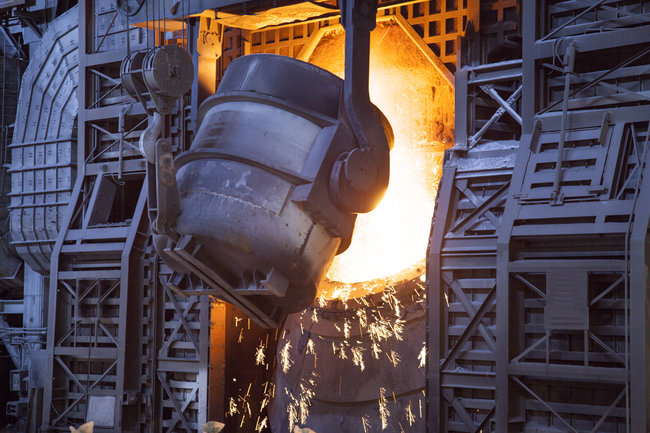Stormy global conditions have all but snapped established supply chains. It’s time to reconfigure the drivers of prosperity.
When did supply chains become headline material, the red-hot flashing alert on the dashboard of businesses everywhere? At Baker Hughes, the success, integrity and operational standards of its suppliers — which now number around 9,000 — have been a priority for many years. The confluence of events that began in 2020 with the COVID pandemic and continues with various geopolitical tensions, has become an opportunity for Baker Hughes to reassess and invest in the resilience of its supply chains and simultaneously step up its emissions control towards net zero.
“I think the renewed focus on supply chains will allow us to reflect and reinvent ourselves,” says Jim Apostolides, Baker Hughes’ Senior Vice President of Enterprise Operational Excellence. Apostolides has a long experience in supply chain leadership, having started his career at GE in 1999 with responsibilities that included materials, sourcing and fulfillment across several continents.

He says that supply chains have been relatively stable over the past two to three decades: “In terms of availability and commodity inflation, it’s been pretty quiet — let’s call it a buyer’s market.” Over the past three years, he says, “that’s done a 180-degree turn where you now have multiple things going on”. To the disruptive list, he adds natural disasters, inflation and the salutary example of ‘What more could go wrong?’, in the form of the Ever Given container ship which became jammed in the Suez Canal in March 2021, blocking carriage in either direction for six days, and causing months of disruption to global trade.
The opportunity is to build on our connections in various parts of the world
Ever Given aside, “All the indications are that some of the ongoing dynamics are not necessarily going to subside in the short to medium term,” says Apostolides. “So how do we prepare to be able to deliver cost-effective solutions to our customers in this environment?”
New, distributed partners confer regional supply
“The opportunity is to build on our connections in various parts of the world, to improve our supply chain optionality,” says Apostolides. It’s an exciting opportunity, he adds, “for us to differentiate ourselves and effectively support multiple supply scenarios.”
Of course, this also represents an opportunity for new suppliers to Baker Hughes. In September, the company held its annual supplier conference, which saw 1,400 suppliers attend virtually, and a further 150 converge in Houston. Baker Hughes has always held regional supplier conferences, but during COVID it inaugurated a virtual global event which saw attendance increase exponentially on the previous format. This year’s hybrid conference, on the theme “Partnering for Growth”, added a further 70% to 2021 attendance.

Ten per cent of this year’s attendees, Apostolides says, were “folks that haven’t done business with us before, but who we’re exploring partnering with for future growth”. Most of these came from emerging markets, such as Eastern Europe, China, India and Mexico. “We wanted them to get a sense of who we are and how we operate.”
Topics for online presentations included supply chain challenges, familiarization with Baker Hughes’ standards of compliance and integrity, and its expectations in terms of quality and timely fulfillment of orders to customers. In-person delegates discussed with Baker Hughes representatives how they could partner to “pull it all together and get to the next level in terms of supporting net zero; and utilizing technology to drive heightened efficiency and performance in our products”, explains Apostolides.
In some cases, achieving an efficiency step change starts with the so-called “should cost” process. That is, Baker Hughes’ and supplier engineers sit down to analyze the design and standards governing a particular product or component and how they could tweak that design, perhaps adjust tolerances, or adopt Baker Hughes’ specifications over a universal standard. Says Apostolides, “Starting with an almost clean sheet of paper allows you to peel back the onion and understand how much cost you can take out of a product''. He adds, “That’s one way we can approach it, especially in instances where improvements have become incremental — it lets us look at how to really change the game.”
As the disrupted global business environment collides with the decarbonization imperative, reappraising efficiencies throughout Baker Hughes’ supply chain is recognized as key to also removing carbon from its operations.
In a recent LinkedIn post on learnings from COP27 Baker Hughes’ Chairman and CEO Lorenzo Simonelli reiterated his belief that “Efficiency is the unsung hero of net zero,” adding, that it represents “upwards of 40% of total emissions reductions needed to meet Paris Agreement goals, according to the IEA” (International Energy Agency).

ESG factors rule
The bedrock of supply-chain excellence — which includes standards of labor relations, human rights and consideration of environmental impacts — is enshrined in Baker Hughes’ Supplier Code of Conduct, which has been in place for more than a decade. It is reviewed annually, and Baker Hughes conducts more than 600 audits a year to check compliance and reassess risk. “We track any potential findings, discuss them with the suppliers and ensure that we resolve the issue to our satisfaction within 60 days,” says Apostolides, “or we could cease doing business with them.”
Emerging on the supply chain horizon is the extra layer of emissions calculations, with Scope 3 emissions — those beyond the immediate control of a company and including those of upstream suppliers and downstream product use — posing a particular challenge.
Baker Hughes is both developing a transparent and repeatable model of Scope 3 accounting and engaging with its supply chain — whose Scope 1 and 2 emissions contribute to Baker Hughes Scope 3 calculations — to ensure their methods of accounting are consistent with one another.
“This isn’t just an event,” says Apostolides. “Our sustainability and sourcing team put a tremendous amount of time and thought into outlining how to categorize our purchases — both direct and indirect spend in various commodity categories — using the United Nations Standard Products and Services Code (UNSPSC), a kind of universal language.” The result is a known emissions factor for each commodity, which has allowed Baker Hughes to estimate its Scope 3 emissions for each of its main suppliers.
It then surveyed 250 significant emitters among its suppliers, to discover their approaches to calculating emissions. “We’ve opened that dialogue,” says Apostolides. “Our intent is to start to capture supplier emissions that we can include in our Scope 3 and replace estimates with direct calculations.” He anticipates helping some suppliers to calculate their emissions: “We want to build our maturity in that space, to make our accounting as accurate as possible, and collectively drive improvements.”
I think the way people continue to collaborate to support the business has been remarkable
Jim Apostolides, Baker Hughes
Even as the demands made of supply chain operations become more layered and complex, Apostolides has confidence that Baker Hughes and its suppliers can align to bring a higher efficiency, increasingly lower emissions model to bear.
He looks to the past three years as an example of how adaptable the company’s ecosystem can be: “With all the disruption brought on by COVID and other factors, I’m most proud of how the internal and external teams have come together to simultaneously navigate multiple challenges and continue to serve our customers. It doesn’t mean we don’t have pockets of challenges, but when I reflect from a macro perspective, I think the way people continue to collaborate to support the business has been remarkable.”
Energy Forward Stories
Sign up to stay up to date on the latest innovations and people shaping the future of our industry.




